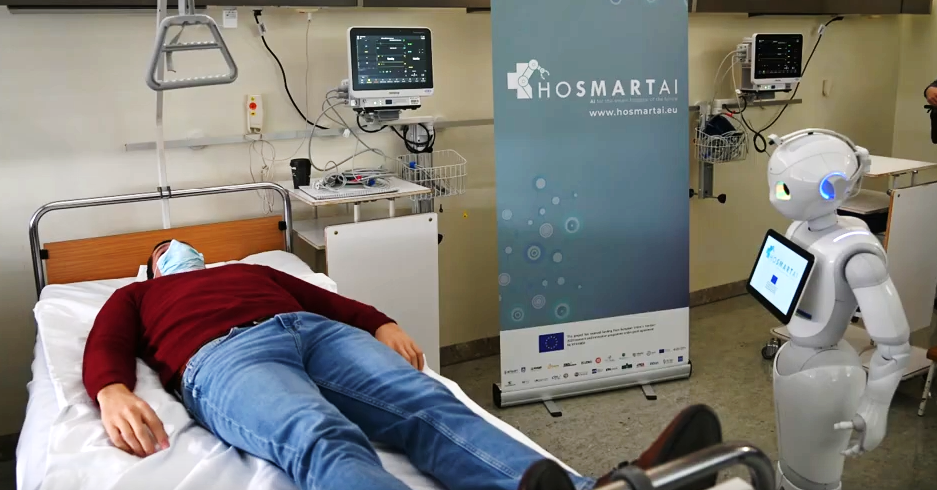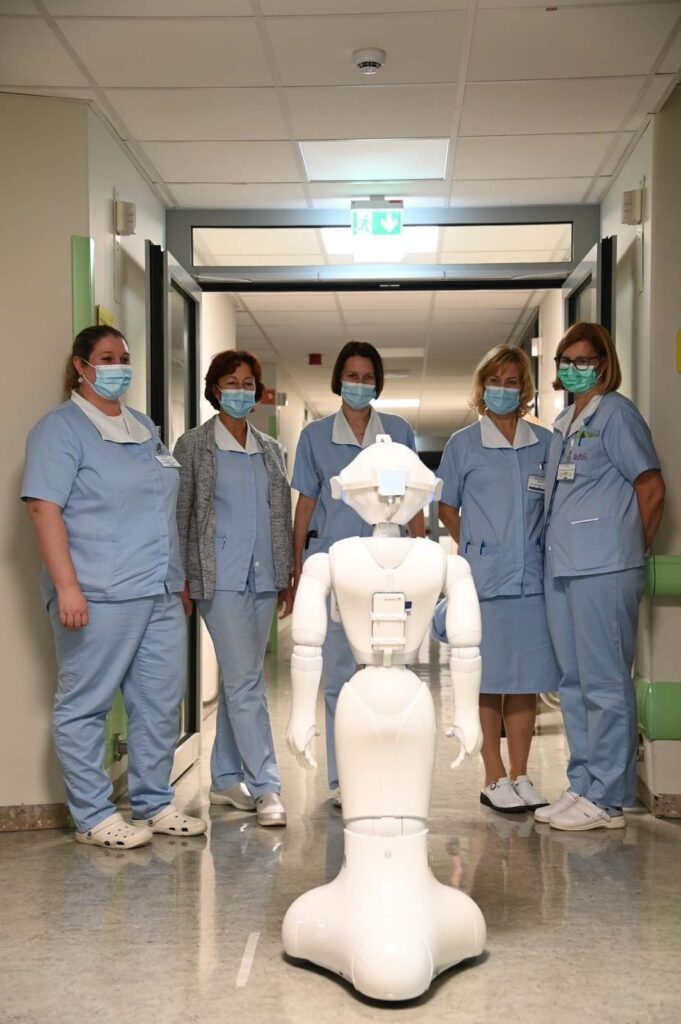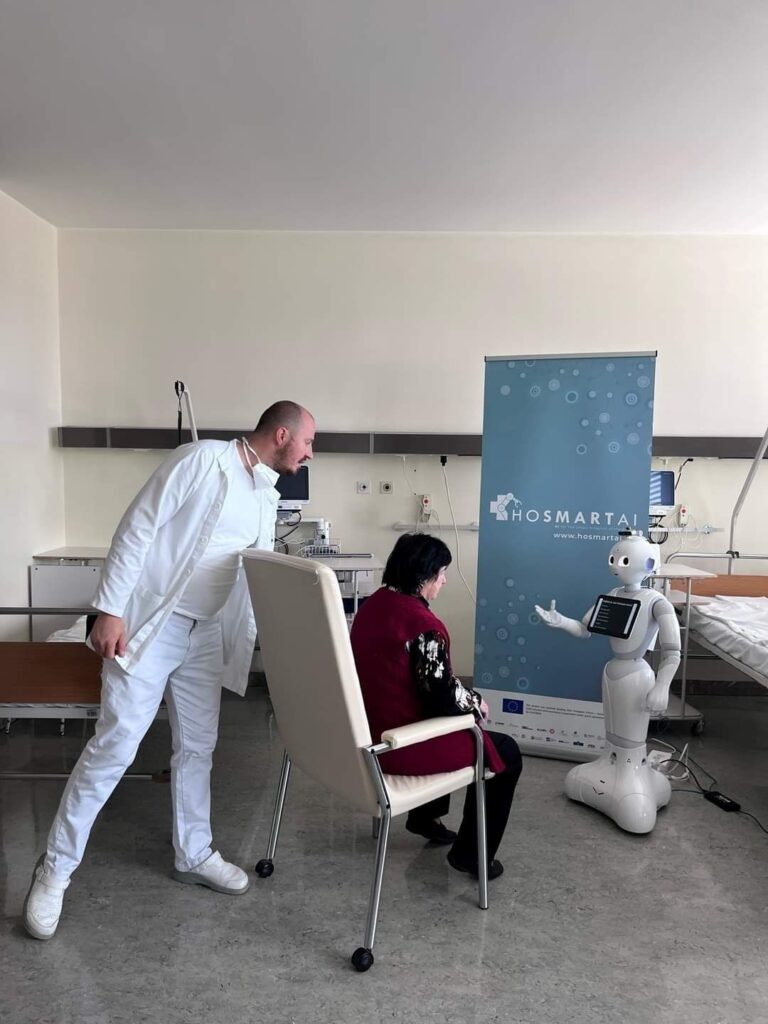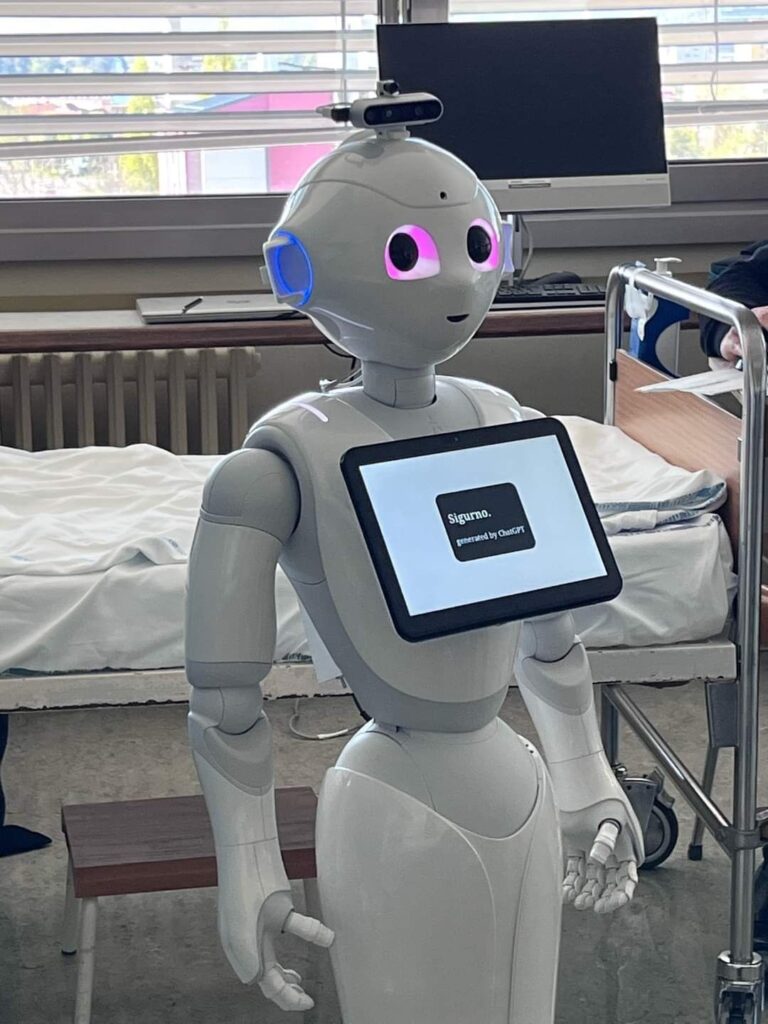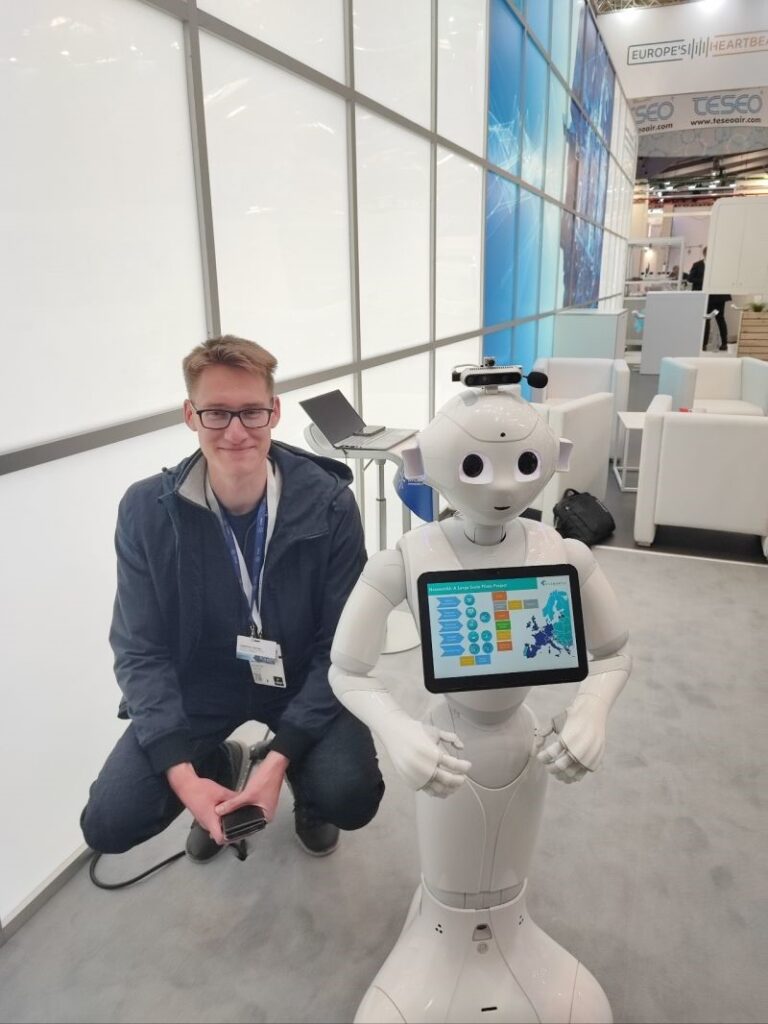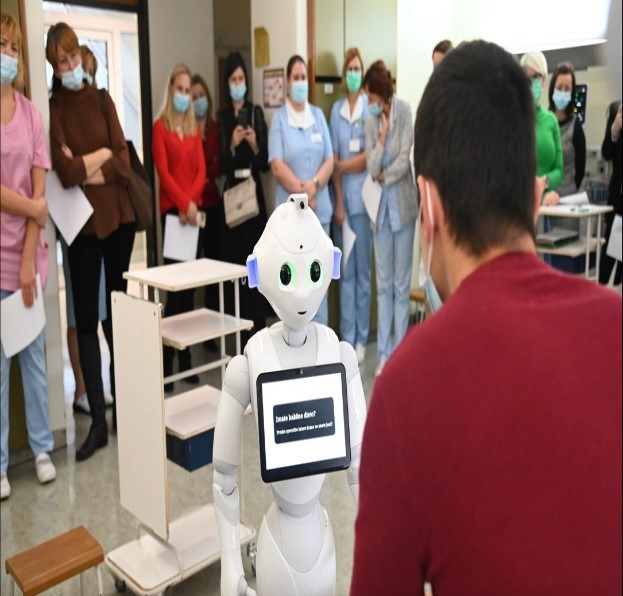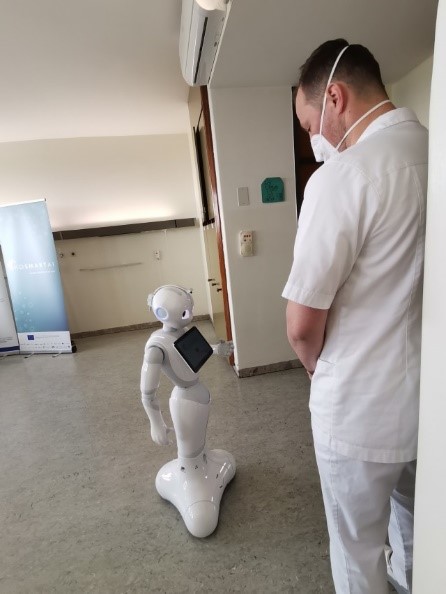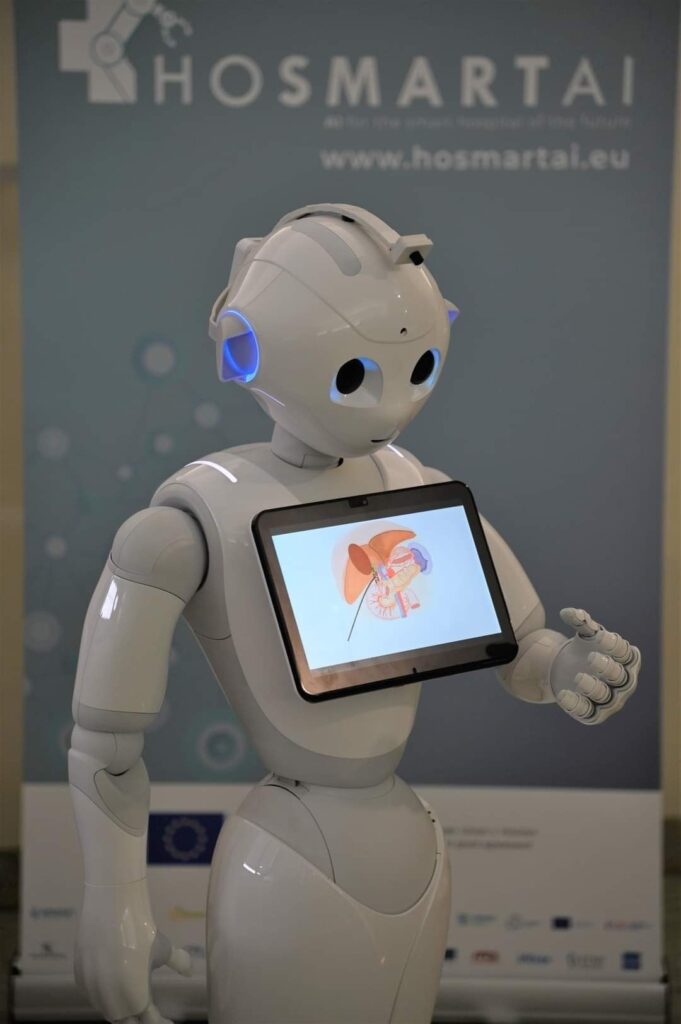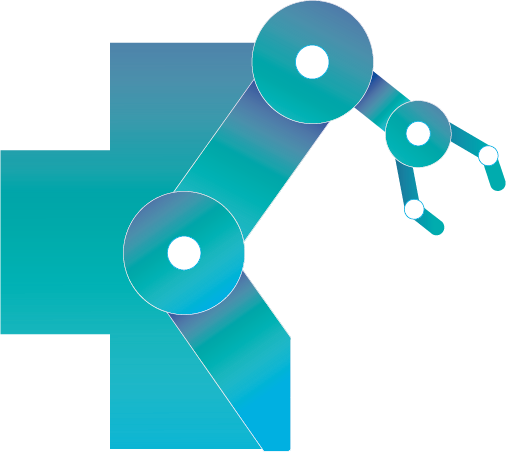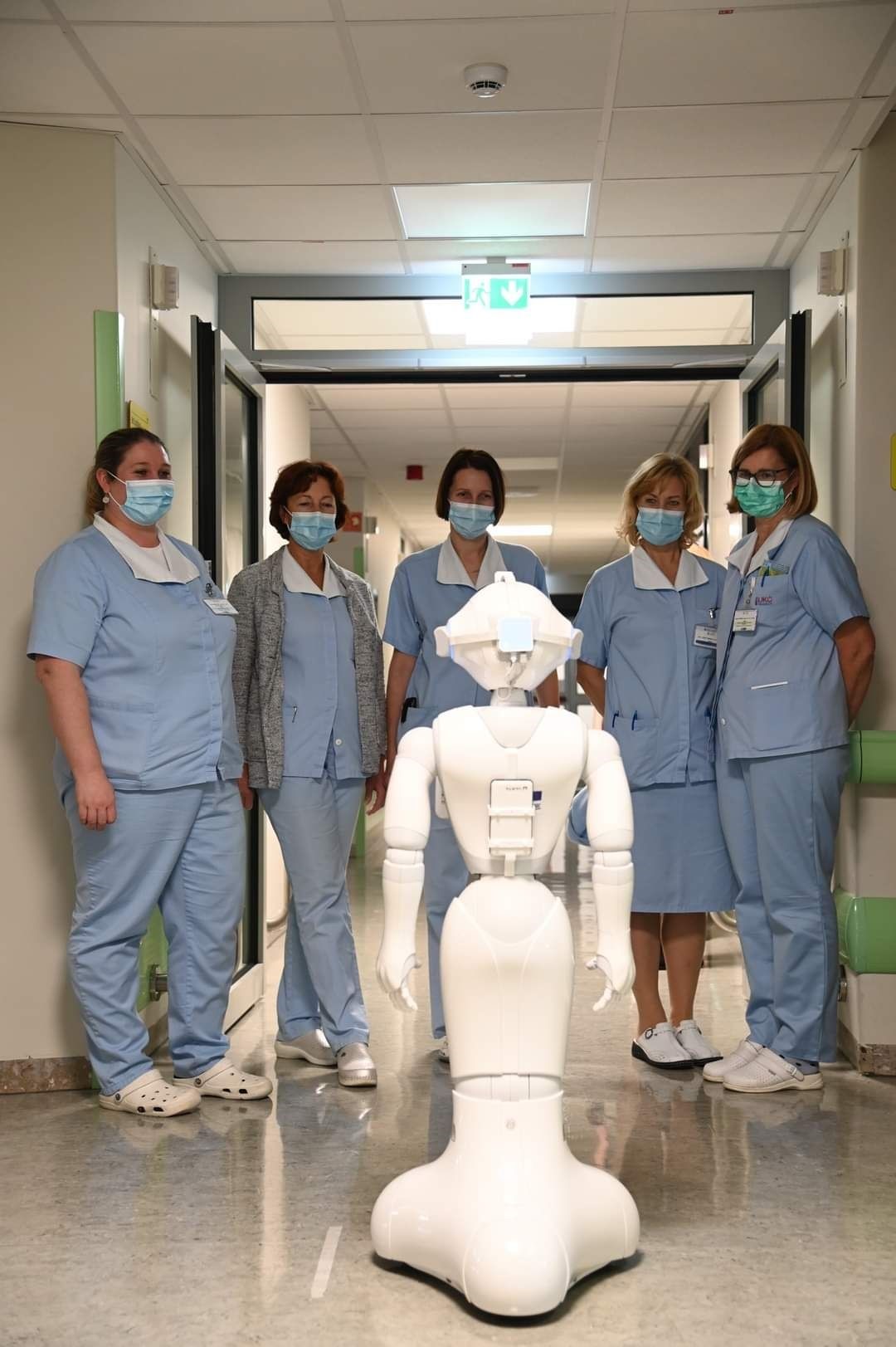Robotic nurse for assistive care in hospitals
Background
Hospitals are increasingly faced with population and workforce ageing. The World Health Organization calls for urgent investments to increase the number of nurses (from approximately 6 million up to 9 million in 2030). At the same time, there is a need for reducing overworking – partially due to repetitive, non-value added tasks – which leads to human errors and suboptimal use of resources. The combined used of Artificial Intelligence and robots, which enables taking over repetitive everyday tasks with no added value for nurses, can contribute to optimizing the use of hospital resources, decreasing mistakes due to overload and to increasing patient satisfaction by delivering more personalized and patient-centric care. By replacing non-essential interaction and work we enable an increase in the quality and amount of time nurses can spend interacting with patients.
Problems
- Nursing staff carries out redundant and non-added value tasks, which affects their mindset and reduces the attention required for performing relevant tasks
- Patients are bored and need to be stimulated to move and do exercises
- Data-driven healthcare relies on both quality, quantity, and security of health data collected.
- During certain routines, such as grand rounds, nursing staff acts as a proxy between the doctor and the digital system.
- oversimplification in design of functionalities, without nursing staff , leads to unhelpful features, creating inconveniences and frustrations
- too often the staff must use a workaround to overcome the poor usability of an implementation of a system supporting health.
Objectives
Fundamentally adjust the grand round routine to include only clinicians and the robot, which means:
- support and improve the quality of nursing care and, therefore, patients’ satisfaction by introducing a combined AI & Social Robotic System solution.
- reduce the amount of non-nursing tasks carried out by nurses
- improve the overall patients’ data collection, digitalization and management system, including during patient admission
The solution
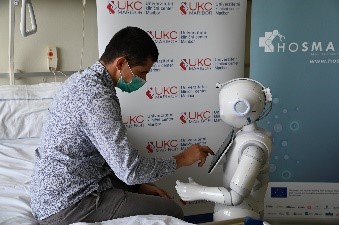
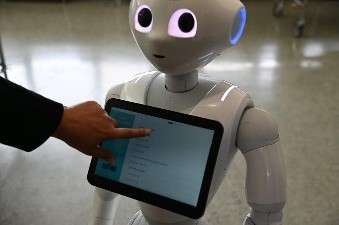
An integrated solution comprised of a computerized clinical decision support system and a service robot enabling the intuitive collection and display of health/clinical data, to support nurses by taking over activities that represent no added value to them (e.g. administrative and routine tasks) and to entertain, inform and motivate patients.
The system enables not just telemonitoring but also working with qualitative and self-reported data from patients regarding pain, issues, psychological wellbeing. The robot can be integrated into general administrative data collection and digitalization processes before or during patient admission. It also provides support during grand-round routines by displaying relevant data, and it assists the distribution of medicines by identifying alternatives if the prescribed drugs are not available. Basically, the robot collects all the required data in a digital format. No aditional patients’ inputs need to be collected/entered manually by nurses or doctors themselves. The humanoid features facilitate more natural, trustworthy, and engaging interaction while computer vision, language, and acoustic processing helps to understand and motivate patients to exercise or move. Thanks to integrated blockchain technology, the robot’s accountability is guaranteed as well. This makes it possible to know what the robot is doing at any given time, where it is, and whether it is the cause of eventual mistakes.
Value Proposition
We deliver a service robot that looks and talks like a human and has been designed to intuitively collect and visualize information while allowing nurses to dedicate more time to patients. Specifically, the robot will: 1) engage with patients, 2) motivate patients, 3) collect and digitalize data, 4) visualize the data on demand, 5) automate and personalize the care workflow, 5) guarantee accountability.
Although the delivery of care and interaction with patients should still remain firmly in the purview of humans, robots could, if designed “correctly” assist assessing on general physical and state of mind status of patients and take the initiatives in human-machine-conversation.
The robot will be validated in 2 clinical trials:
Study 1: Evaluating the clinical impact of integrating a computerized clinical decision support system and a social robot into grand rounds and pre/post-operative care of patients in abdominal and thoracic surgery department.
400 eligible participants (200 per ward) will be included in this study. Vascular and Thoracic Surgery Wards at the University Clinical Center Maribor.
Study 2: A study protocol on the effects of interactive digital assistance on patient engagement and perceived quality of care of surgery patients and self-efficacy and workload of staff.
Two distinct sample groups will be recruited: patients (73 subjects) and first line health care professionals (34 Subjects). The patient group will be composed of patients admitted to vascular surgery and thoracic surgery wards for an elective (non-emergency) procedure. Patients presenting a vascular and thoracic diseases, > 18 years and willing to participate in the study will be enrolled.
Main solution provider:
University of Maribor – Contact: Izidor Mlakar <izidor.mlakar@um.si>
Hosting Facility:
UKCM Hospital – Contact: Igor Robert ROJ <IgorRobert.ROJ@ukc-mb.si> and Maja MOLAN Maja.MOLAN@ukc-mb.si
